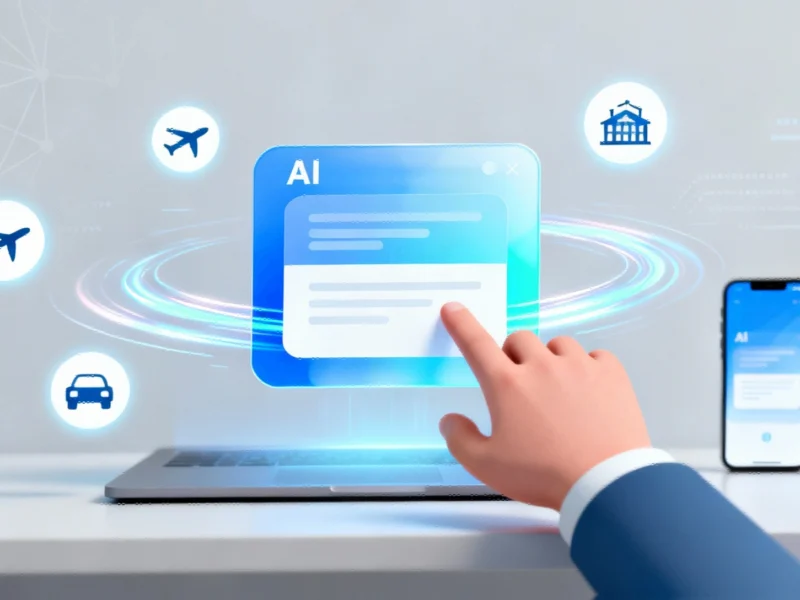According to Fast Company, the explosive demand for generative AI products continues to grow as major tech companies embed tools like ChatGPT and Gemini directly into operating systems. This integration makes AI increasingly likely for everyday content creation tasks. However, users frequently detect AI-generated work without needing specialized screening programs. People subconsciously sense when content feels overly robotic, lacks nuance, or enters what’s known as the uncanny valley – that eerie feeling when something appears almost human but not quite. While current AI represents impressive technological advancement, these tools consistently fall short in real-world scenarios where accuracy and reliability truly matter.
The Human Advantage
Here’s the thing our brains do automatically that AI struggles with: we’re constantly processing real-time information while drawing from deep wells of internal knowledge and local context. And we do this subconsciously, instantly adjusting our responses based on subtle cues. AI might generate perfect grammar and logical sentences, but it’s missing the lived experience that gives human communication its texture.
Think about how you’d describe your morning coffee routine to a friend versus writing instructions for a robot. You’d naturally include little asides, cultural references, maybe even complaints about your noisy neighbor. That’s contextual intelligence at work. Current AI? It gives you the sterile, by-the-book version every time.
Where This Is Heading
So what happens next? Basically, we’re going to see a massive push toward contextual AI. The companies that crack this will dominate the next phase of the AI revolution. We’re already seeing early attempts – AI that remembers your previous conversations, tools that adapt to your writing style, systems that understand industry-specific jargon.
But here’s the real challenge: can technology ever truly replicate human intuition? I’m skeptical about fully achieving that subconscious processing magic. What seems more likely is AI that gets better at faking it – systems that learn to insert appropriate imperfections, that understand when to be formal versus casual, that grasp the unspoken rules of different contexts.
The uncanny valley problem isn’t going away anytime soon. If anything, as AI gets more sophisticated, our sensitivity to what’s missing might actually increase. We’re entering an era where the most valuable AI won’t be the one that generates the most content, but the one that understands when to stay quiet, when to ask questions, and how to read the room.




